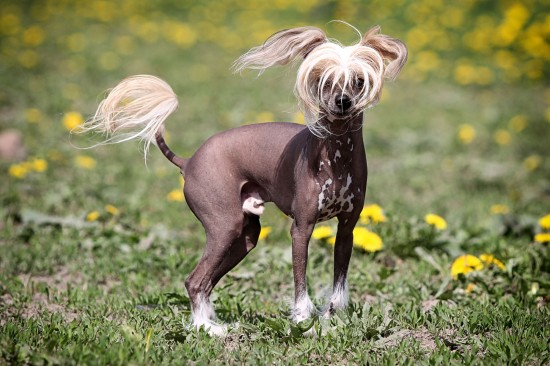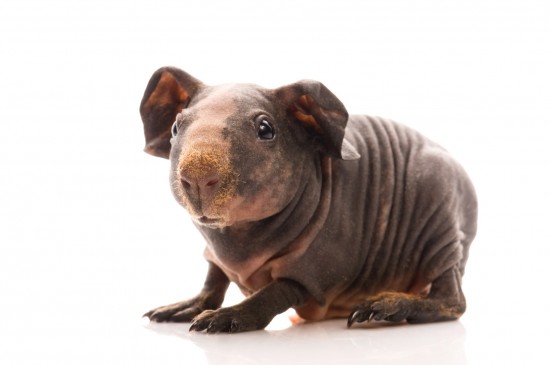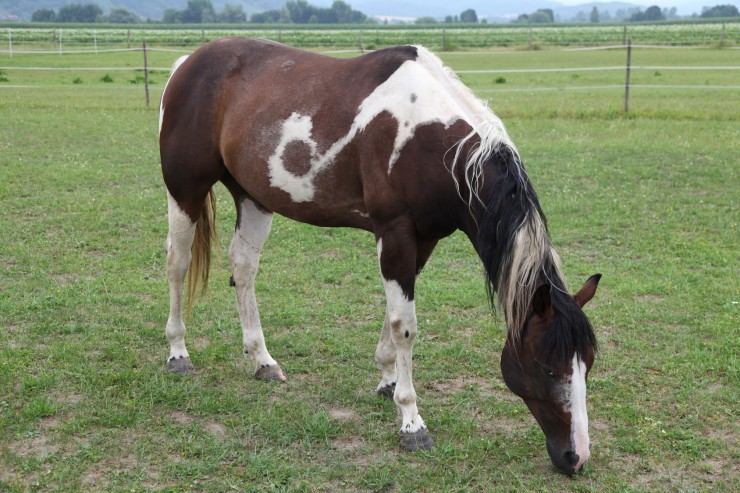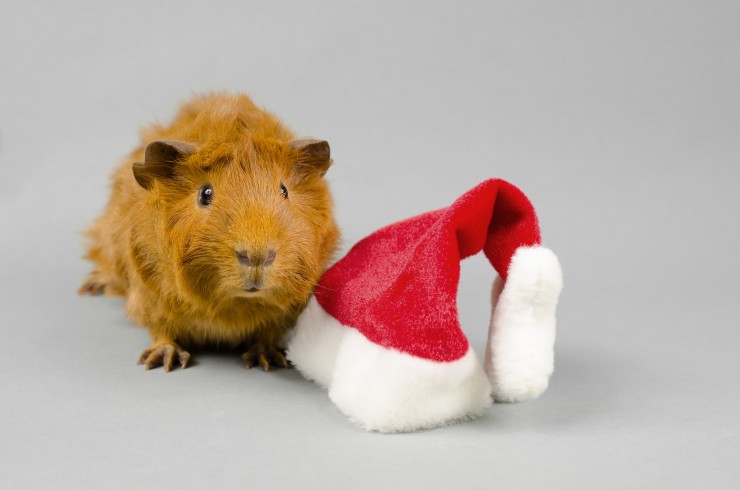Hypoallergenic dog breeds are the most suitable for people who are allergic to dog dander and fur. Some of the more popular hypoallergenic dog breeds include terrier, basenji, bichon frise, poodle, Chinese crested, greyhound, havanese, Irish water spaniel, and shih Tzu.
While they do produce some dander, the dander of hypoallergenic dogs is little enough to create minimal discomfort for those who come in contact with them. There are many breeds of hypoallergenic dog. Many of them are miniatures or toys that have lots of energy and may have difficult temperaments for the more sedate dog owner.
Nonetheless, even the allergic dog owner can follow a few simple steps to limit discomfort and enjoy your life with your furry companion. These tips will also generally apply to any household welcoming a new dog into its family, especially the hypoallergenic dog breeds.
A new dog (no matter how old) may well be frightened during its first hours and days in your house. Hypoallergenic dog breeds tend to be a bit more nervous than others. It may not welcome human contact at first, so you should refrain from handling them too much the first few days. Be attentive, but don't smother them with affection. Let them acclimate to their new house. Just let your new dog roam around the house, sniff the furniture, and find its way around.
When your new hypoallergenic dog becomes accustomed to its new surroundings, begin a grooming routine to reduce the amount of dander and fur that might otherwise settle on your furniture, carpets, and clothing. In addition to reducing your danger of allergic reactions, regular brushing will reduce matting and knots that make your hypoallergenic dog uncomfortable and unattractive. A steel comb with wide teeth will help untangle knots and trap loose hair. It's important not to let your hypoallergenic dog's skin get too dry with all the brushing and grooming. You can find products at the pet store o through your veterinarian that will help reduce skin problems.
Giving your hypoallergenic dog plenty of exercise will also reduce your risk of allergic reaction. First, the fresh air will help keep its fur free of dander. Second, when your dog is tired and sleeps all night, it will be less likely to want your company while you sleep, spending less time on your bed to leave dander and fur on your bedspread and sheets. Regular, frequent cleaning of your sheets and bedspread will also reduce your discomfort.
Make sure your hypoallergenic dog has a special place of its own to sleep, day and night. A soft bed or an old blanket will give them a warm, secure spot for sleeping. Wash their pet bed often so that dander and fur don't build up to a dangerous level where it can easily transfer to your carpet or clothing.
You can't avoid some allergens from being present in your home, even with a hypoallergenic dog breed, so it's important to keep your home well-vacuumed and clean at all times to maintain your good health as well.
Regular grooming is perhaps more important for hypoallergenic dog breeds than for others, especially when you have allergies to your baby. Even dogs with short hair need regular professional grooming. For people with allergies, monthly baths are a must! This will not only protect you from allergies, but it will assure your hypoallergenic dog a long, happy, healthy life. Remember that even hypoallergenic dog breeds can still cause allergy attacks now and then. Be sure you visit your doctor when you get your dog and continue to follow your personal preventive routine to prevent serious problems with your allergies.

 Caring For The Skin Of Hairless Dogs
Caring For The Sk
Caring For The Skin Of Hairless Dogs
Caring For The Sk
 How To Look After A Hairless Guinea Pig (skinny Pig)
How To Look After
How To Look After A Hairless Guinea Pig (skinny Pig)
How To Look After
 Do Older Horses Need To Be Vaccinated And Wormed?
Do Older Horses N
Do Older Horses Need To Be Vaccinated And Wormed?
Do Older Horses N
 Snoozer & Outdoor Dog Beds For Sale
Snoozer & Outdoor Dog Beds For Sale
We are
Snoozer & Outdoor Dog Beds For Sale
Snoozer & Outdoor Dog Beds For Sale
We are
 Keeping Pet Rodents Safe And Happy At Christmas
Keeping Pet Roden
Keeping Pet Rodents Safe And Happy At Christmas
Keeping Pet Roden